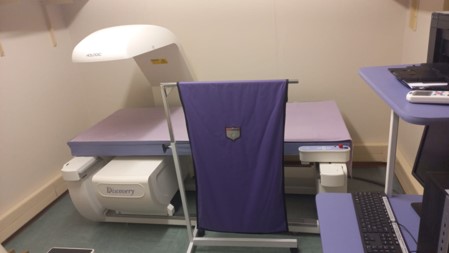Visit the "Contact us" page for an interactive video of all our facilities.
Esté Vorster Research Facility
The Esté Vorster Research Facility is a ten-bed research facility with a fully equipped research kitchen, cold room, dining room, TV-room, two bathrooms, examination room, and a BodPod and DXA machine for body composition measurements. This makes an in-patient approach possible, allowing for close monitoring of dietary compliance, body measurements and biological sampling. Therefore, it is ideal for conducting human clinical nutrition research, including highly controlled feeding trials.
This facility is available to both under- and post-graduate students for training and research purposes. It has recently been renamed after one of CEN’s former directors, prof. Esté Vorster.

Research Kitchen
The research kitchen is an industrial kitchen mainly used for undergraduate training like recipe development and standardisation. It is also used for research purposes, such as preparing ingredients or meals for studies. For example, a PhD student in Agriculture in Geo and Spatial Science cooked melon leaves to profile the concentrations of cucurbitacins and develop cooking and post-harvest protocols for citron watermelon, to identify and select suitable genotypes for recommendation for production, food, medicine, and for development of value-added food and non-food products to improve human nutrition and reduce health-related illnesses.
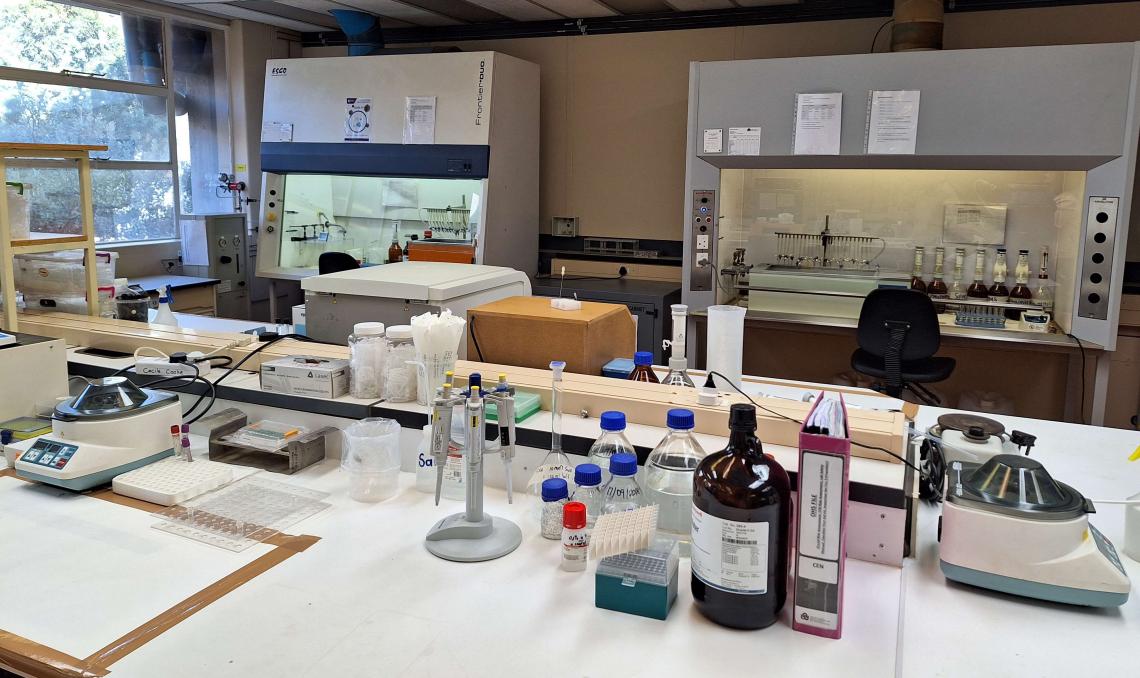
Chromatography laboratory
Chromatography is a process for separating components of a mixture. To get this process started, the mixture is dissolved in a substance called the mobile phase which carries it through a second substance called the stationary phase. Chromatography is done on mass spectrometers. CEN has a liquid and gas mass spectrometer (LC-MS and GC-MS) to separate chemicals in a sample.
Mass Spectrometry is an analytical tool useful for measuring the mass-to-charge ratio (m/z) of one or more molecules present in a sample. Mass spectrometers identify unknown compound via molecular weight determination, to quantify known compounds.
Summary of the operation of a Mass Spectrometer at different parts of the instrument.
- Ionization Source: Molecules are converted to gas phase ions
- Mass Analyzer: Once ionized, the ions are sorted and separated according to mass-to-charge (m/Z) ratios in the Mass Analyzer.
- Ion detection system: The separated ions are then measured and sent to a data system where the m/z ratios are stored along with their relative abundances.
- Data is then generated and quantified by the analyst.
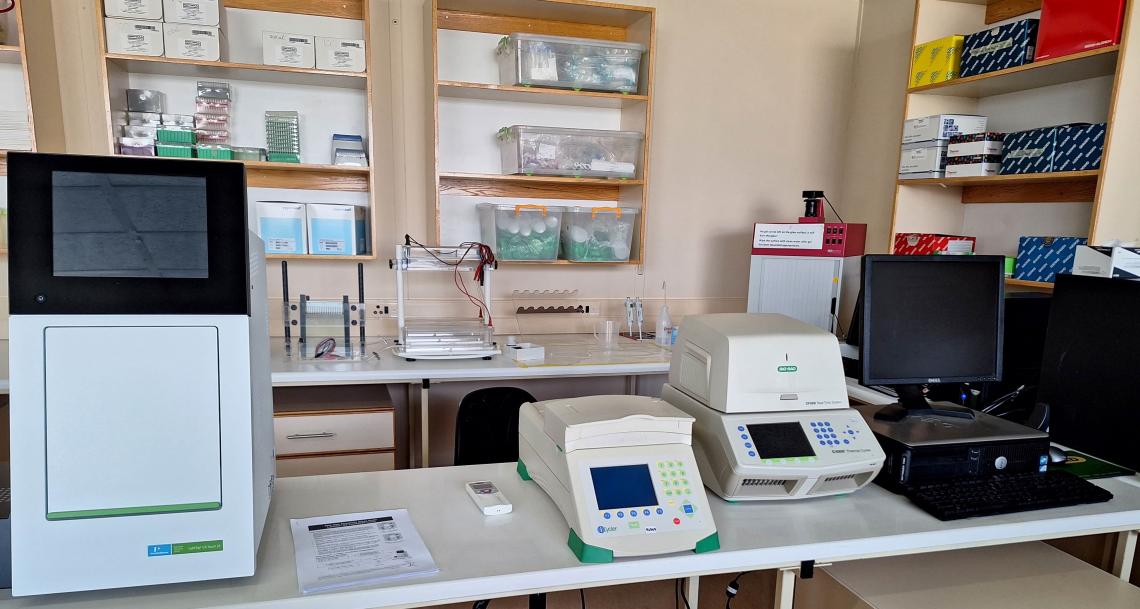
Haemostasis laboratory
In this laboratory, we measure and investigate different role players in clot formation and breakdown (lysis) and relate these measures to cardiovascular disease risk and other lifestyle factors, such as diet and body composition. The lab is equipped with instruments to measure the concentrations of individual coagulation factors involved in clot formation, spectrophotometers for determining clot formation and lysis times, an ARES-G2 Rheometer to measure the mechanical properties of clots, and apparatus to determine how permeable clots are. In collaboration with the NWU Laboratory for Electron Microscopy, we also investigate the structural properties of clots. These techniques provide us with a complimentary characterisation of clots and clotting and lysis factors involved in clot formation and breakdown.
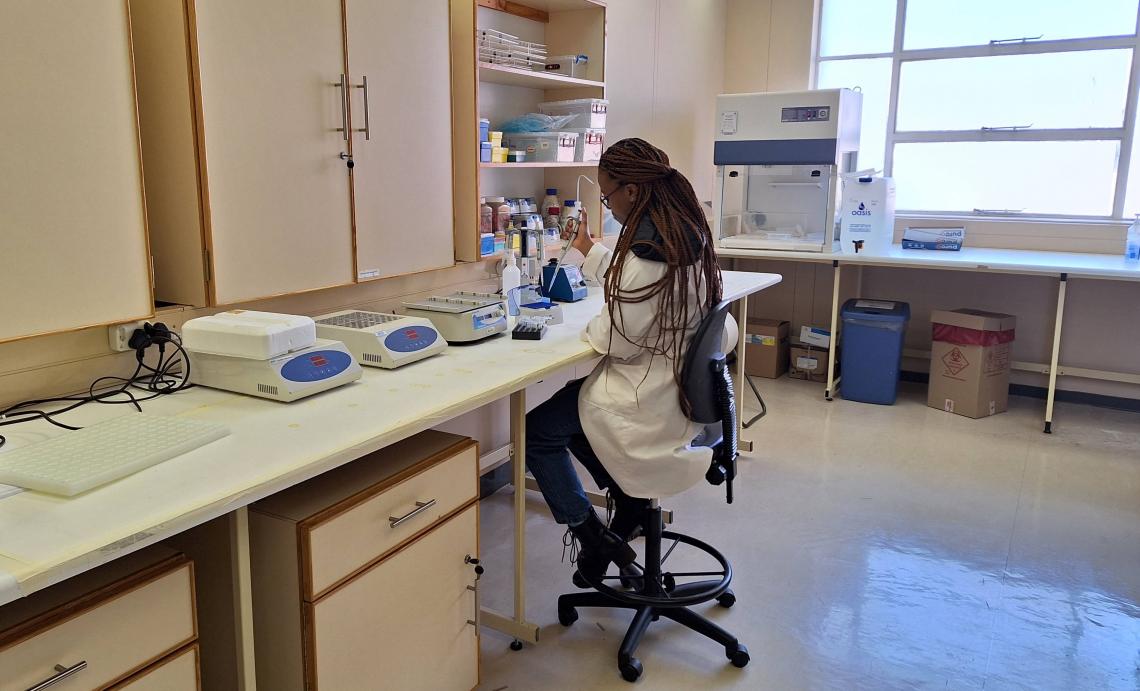
Mobile Research Unit
The mobile research unit allows us to conduct research-related activities in the community. The mobile unit is equipped with an examination bed, washing basin with running water, work surfaces, storage drawers, a split-unit air conditioner and toilet.

Preparation and storage laboratories
Different types of tissue samples, such as blood and urine, are prepared and sample extractions are done for fatty acid-, lipid mediator-, short chain fatty acid analysis, etc. Samples are prepared by aliquoting according to an aliquoting scheme and then storing these samples in a designated fridge/freezer according to a storage plan. Biological samples are stored in -80°C freezers that are monitored 24 hours a day.
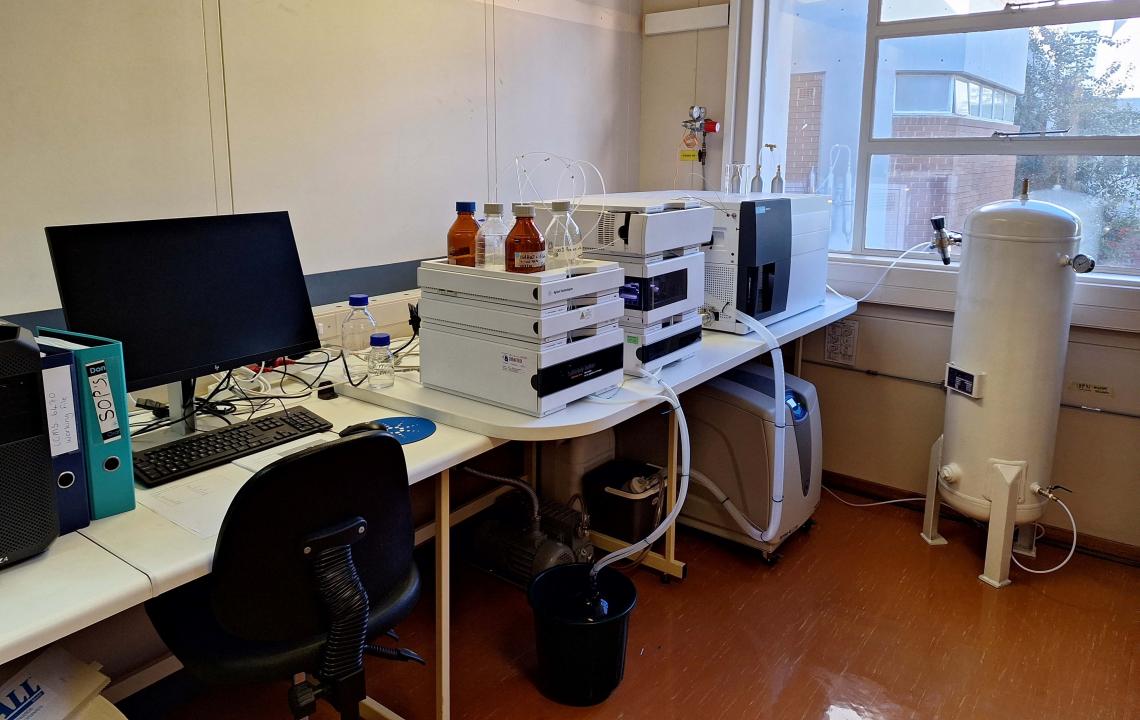
Molecular Nutrition Laboratory
Molecular nutrition is a research area that focuses on how nutrients, bioactive food compounds, and intermediate metabolites interact with genetic factors to understand mechanisms of action that influence health and disease outcomes. The laboratory is equipped with sophisticated instruments to support molecular techniques such as polymerase chain reaction, real-time PCR, and microfluidics used to generate data. Complimentary to next-generation sequencing, the laboratory is equipped with bioinformatics infrastructure to support big data analysis such as genomic, epigenomic, transcriptomic, and gut microbiome data sets using big data analysis tools.
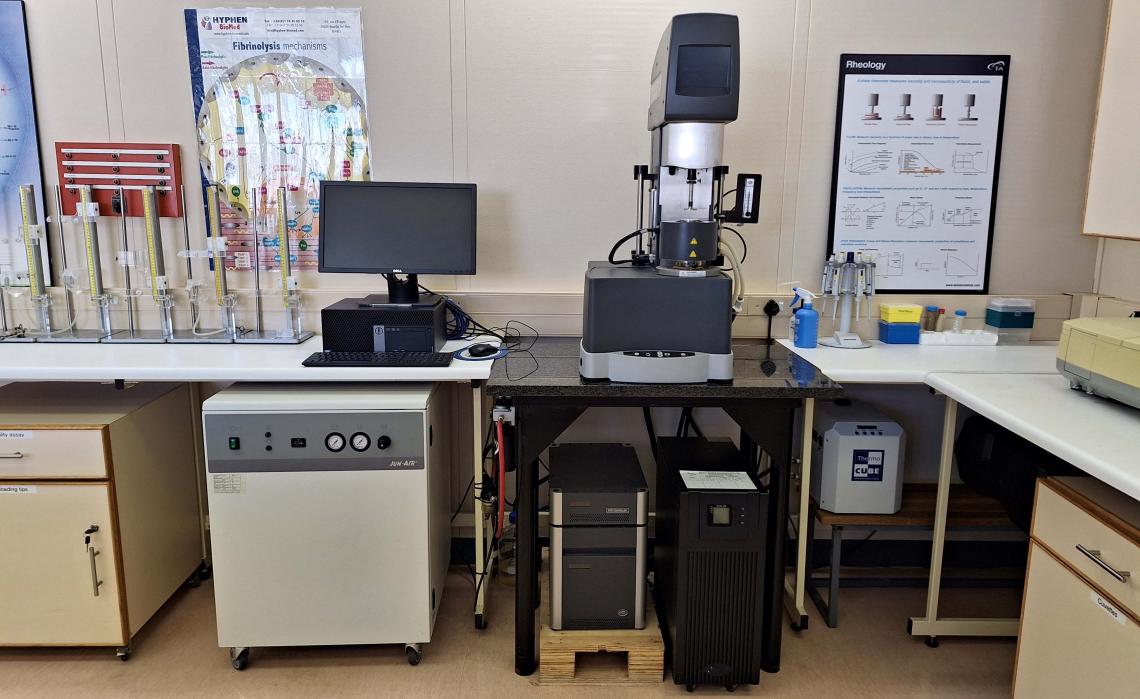
ELISA (micronutrient) laboratory
ELISA is a type of blood test that works on the principle that specific antibodies bind the target antigen and detect the presence and quantity of antigens binding. At CEN, ELISA is done for micronutrient-, cytokine- and Environmental Enteric Disfunction (EED) testing and much more.

